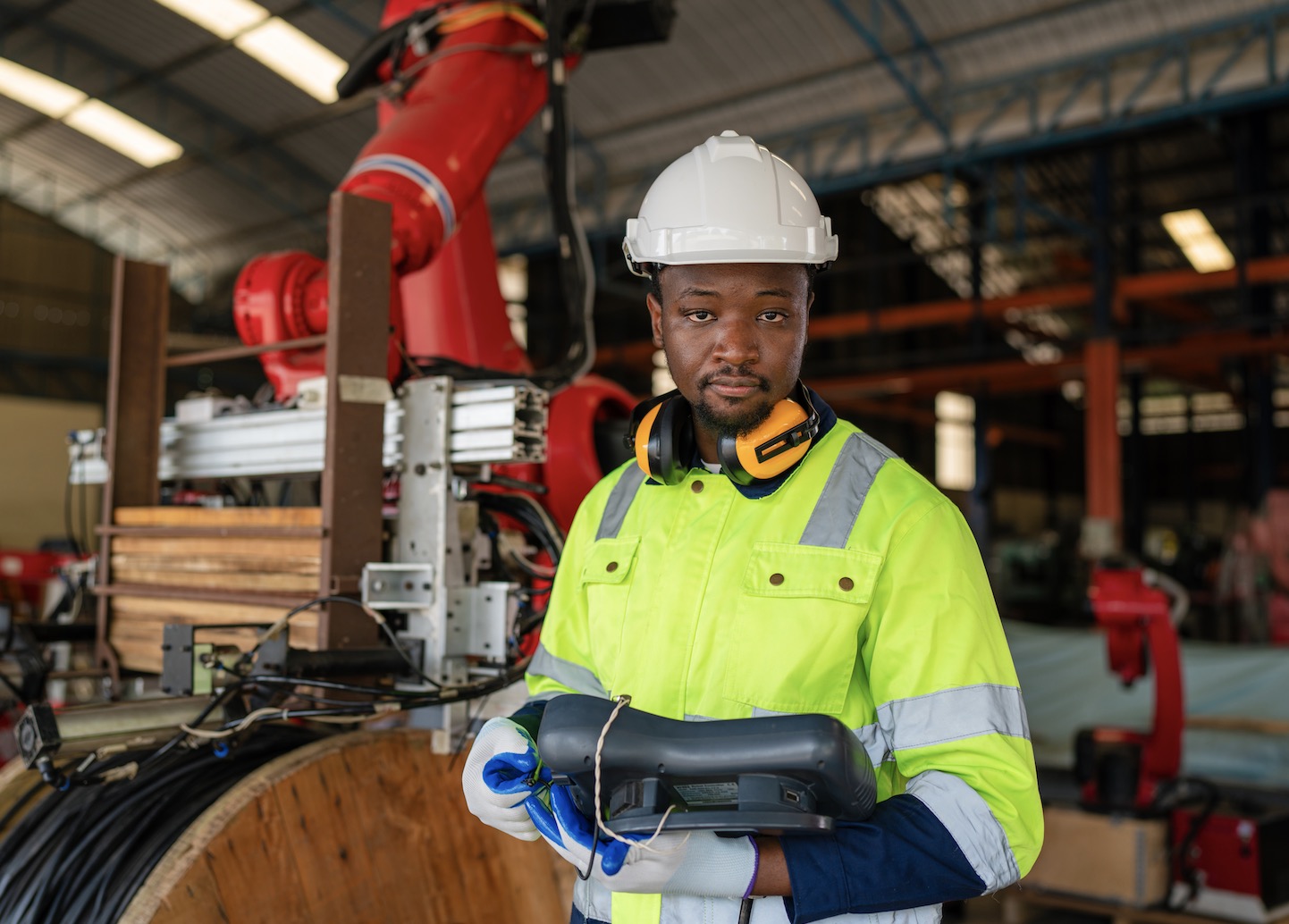This comprehensive guide, titled “Geography Grade 10 Questions and Answers PDF Term 3,” aims to address the critical environmental and societal issues covered in...
Welcome to your Grade 10 Geography notes on Volcanoes! This guide will help you understand the different types of volcanoes, their formation, and their impact on the environment and human activity. By the end of this section, you should have a solid understanding of the various aspects related to volcanoes.
How Are Volcanoes Formed?
Volcanoes are fascinating natural structures that result from the movement of tectonic plates and the release of molten rock from beneath the Earth’s surface. Here’s a detailed explanation suitable for Geography Grade 10 students.
The Earth’s Structure
The Earth is made up of several layers:
- Crust: The outermost layer where we live.
- Mantle: Located beneath the crust, composed of semi-solid rock.
- Core: The innermost layer, with a solid inner core and a liquid outer core.
Tectonic Plate Movement
The Earth’s crust is divided into large pieces called tectonic plates. These plates float on the semi-solid mantle and are constantly moving, albeit very slowly. There are three main types of plate boundaries where volcanic activity can occur:
- Divergent Boundaries:
- Here, tectonic plates move apart from each other.
- Example: The Mid-Atlantic Ridge, where the Eurasian Plate and the North American Plate are diverging.
- As the plates separate, magma from the mantle rises to fill the gap, creating new crust and often forming underwater volcanoes.
- Convergent Boundaries:
- At these boundaries, tectonic plates move towards each other.
- Example: The Andes Mountains in South America, where the oceanic Nazca Plate is subducting beneath the continental South American Plate.
- One plate is forced below another in a process called subduction. The subducted plate melts due to high pressure and temperature, and the magma rises to form volcanoes.
- Hotspots:
- These are areas where magma from deep within the mantle melts through the crust.
- Example: The Hawaiian Islands, formed by a hotspot in the middle of the Pacific Plate.
- Hotspots can create volcanic islands as the plate moves over the stationary hotspot.
Formation Process
- Magma Generation:
- Magma forms when rocks in the mantle melt due to increased temperature, decreased pressure, or the addition of volatiles (like water).
- Magma Ascent:
- The less dense magma rises through the mantle and crust, collecting in a magma chamber.
- Eruption:
- When the pressure within the magma chamber becomes too great, it forces its way to the surface through cracks and fissures.
- The magma that reaches the surface is called lava.
- The eruption can be explosive or effusive (flowing lava), depending on the magma’s composition and gas content.
Types of Volcanoes
- Shield Volcanoes:
- Broad, gently sloping sides formed by the flow of low-viscosity lava.
- Example: Mauna Loa in Hawaii.
- Stratovolcanoes (Composite Volcanoes):
- Steep, conical mountains composed of layers of lava flows, volcanic ash, and other debris.
- Example: Mount Fuji in Japan.
- Cinder Cone Volcanoes:
- Small, steep-sided volcanoes built from tephra, volcanic ash, and cinders.
- Example: Parícutin in Mexico.
Key Points
- Tectonic Plates: The Earth’s crust is divided into plates that move and interact at boundaries.
- Magma: Molten rock beneath the Earth’s surface.
- Lava: Molten rock that reaches the surface.
- Volcanic Eruption: The release of magma, gases, and ash from a volcano.
Understanding how volcanoes are formed helps us appreciate the dynamic nature of our planet and the powerful forces that shape the Earth’s surface.

Types of Volcanoes
- Shield Volcanoes
- Description: Broad, domed volcanoes with gently sloping sides.
- Formation: Formed by the eruption of low-viscosity lava that can flow long distances.
- Example: Mauna Loa in Hawaii.
- Stratovolcanoes (Composite Volcanoes)
- Description: Large, steep-sided, symmetrical cones built from alternating layers of lava flows, volcanic ash, and other volcanic debris.
- Formation: Result from a combination of explosive activity and lava flow.
- Example: Mount St. Helens in the USA.
- Cinder Cone Volcanoes
- Description: Small, steep-sided cones made up of volcanic debris.
- Formation: Formed from particles and blobs of congealed lava ejected from a single vent.
- Example: Parícutin in Mexico.
Volcanic Eruptions
- Types of Eruptions
- Effusive Eruptions: Produce lava flows that can travel far and cover large areas.
- Explosive Eruptions: Characterized by violent fragmentation of magma and produce ash clouds and pyroclastic flows.
- Volcanic Hazards
- Lava Flows: Streams of molten rock that can destroy everything in their path.
- Ash Clouds: Can disrupt air travel and affect climate.
- Pyroclastic Flows: Fast-moving currents of hot gas and volcanic matter that can cause widespread devastation.
Impact of Volcanoes
- Environmental Impact
- Positive Effects: Creation of fertile soils, new landforms, and geothermal energy resources.
- Negative Effects: Destruction of habitats, air and water pollution, and climate change.
- Human Impact
- Economic Effects: Damage to property and infrastructure, disruption of economic activities.
- Health Effects: Respiratory problems caused by ash inhalation and other volcanic gases.
Downloadable Notes
- 2-Geo-Gr-10-geomorphology (Download)
- 2-Geo-Gr-10-ANSWER-SHEET-5-VOLCANOES (Download)
- 2-Geo-Gr-10-WORKSHEET-5-VOLCANOES (Download)
These resources will provide further insights and help reinforce your understanding of volcanoes. Make sure to review the worksheets and answer sheets to test your knowledge and grasp the concepts thoroughly.
Questions and Answers Activity on Geography Grade 10 Volcanoes Topic
True or False: The Earth’s crust is divided into tectonic plates.
Answer: True
Explanation: The Earth’s crust is indeed divided into large pieces known as tectonic plates. These plates float on the semi-solid mantle beneath them and move very slowly, causing various geological activities, including the formation of volcanoes.
Multiple Choice: Which layer of the Earth is composed of semi-solid rock?
A. Crust
B. Mantle
C. Core
D. Lithosphere
Answer: B. Mantle
Explanation: The mantle is the layer beneath the crust, composed of semi-solid rock. It plays a crucial role in the movement of tectonic plates and the formation of magma.
Fill in the Blank: The process where one tectonic plate is forced below another is called _______.
Answer: Subduction
Explanation: Subduction occurs at convergent boundaries where one tectonic plate is forced below another. The subducted plate melts due to high pressure and temperature, leading to the formation of magma and, eventually, volcanoes.
Short Answer: What is the main difference between effusive and explosive volcanic eruptions?
Answer: Effusive eruptions produce flowing lava that can travel long distances, while explosive eruptions are characterized by violent fragmentation of magma, producing ash clouds and pyroclastic flows.
Explanation: Effusive eruptions involve the steady flow of low-viscosity lava, creating extensive lava fields. Explosive eruptions, on the other hand, involve the rapid expulsion of magma, resulting in ash clouds and pyroclastic flows, which can cause significant destruction.
Matching: Match the type of volcano with its description.
A. Shield Volcano
B. Stratovolcano
C. Cinder Cone Volcano
- Large, steep-sided cones built from alternating layers of lava and ash.
- Small, steep-sided cones made up of volcanic debris.
- Broad, gently sloping sides formed by low-viscosity lava.
Answers:
A – 3
B – 1
C – 2
Explanation:
- Shield Volcanoes have broad, gently sloping sides and are formed by the flow of low-viscosity lava. Example: Mauna Loa in Hawaii.
- Stratovolcanoes are large, steep-sided cones built from alternating layers of lava flows and volcanic ash. Example: Mount Fuji in Japan.
- Cinder Cone Volcanoes are small, steep-sided cones made up of volcanic debris. Example: Parícutin in Mexico.
True or False: Hotspots can create volcanic islands as tectonic plates move over them.
Answer: True
Explanation: Hotspots are areas where magma from deep within the mantle melts through the crust. As tectonic plates move over these stationary hotspots, volcanic islands can form. Example: The Hawaiian Islands.
Multiple Choice: Which type of volcanic eruption is characterized by the violent fragmentation of magma?
A. Effusive Eruptions
B. Explosive Eruptions
C. Subduction Eruptions
D. Divergent Eruptions
Answer: B. Explosive Eruptions
Explanation: Explosive eruptions are characterized by the violent fragmentation of magma, resulting in ash clouds and pyroclastic flows. These eruptions are often highly destructive.
Fill in the Blank: Streams of molten rock that can destroy everything in their path are known as _______.
Answer: Lava Flows
Explanation: Lava flows are streams of molten rock that emerge from a volcano during an eruption. They can destroy buildings, roads, and natural landscapes in their path.
Short Answer: Describe one positive and one negative environmental impact of volcanic eruptions.
Answer:
Positive Impact: Volcanic eruptions can create fertile soils that are beneficial for agriculture.
Negative Impact: Eruptions can cause air and water pollution, harming ecosystems and human health.
Explanation:
- Positive Impact: The ash and minerals deposited by volcanic eruptions can enhance soil fertility, supporting plant growth and agriculture.
- Negative Impact: Volcanic eruptions can release harmful gases and ash into the atmosphere, leading to pollution and health problems for living organisms.
Matching: Match the type of plate boundary with its volcanic activity.
A. Divergent Boundary
B. Convergent Boundary
C. Hotspot
- Tectonic plates move apart, allowing magma to rise and create new crust.
- One tectonic plate is forced below another, leading to the melting of the subducted plate and magma formation.
- Magma from deep within the mantle melts through the crust, forming volcanic islands.
Answers:
A – 1
B – 2
C – 3
Explanation:
- Divergent Boundaries involve tectonic plates moving apart, allowing magma to rise and create new crust. Example: The Mid-Atlantic Ridge.
- Convergent Boundaries involve one plate being forced below another, leading to subduction and magma formation. Example: The Andes Mountains.
- Hotspots involve magma from deep within the mantle melting through the crust. Example: The Hawaiian Islands.






